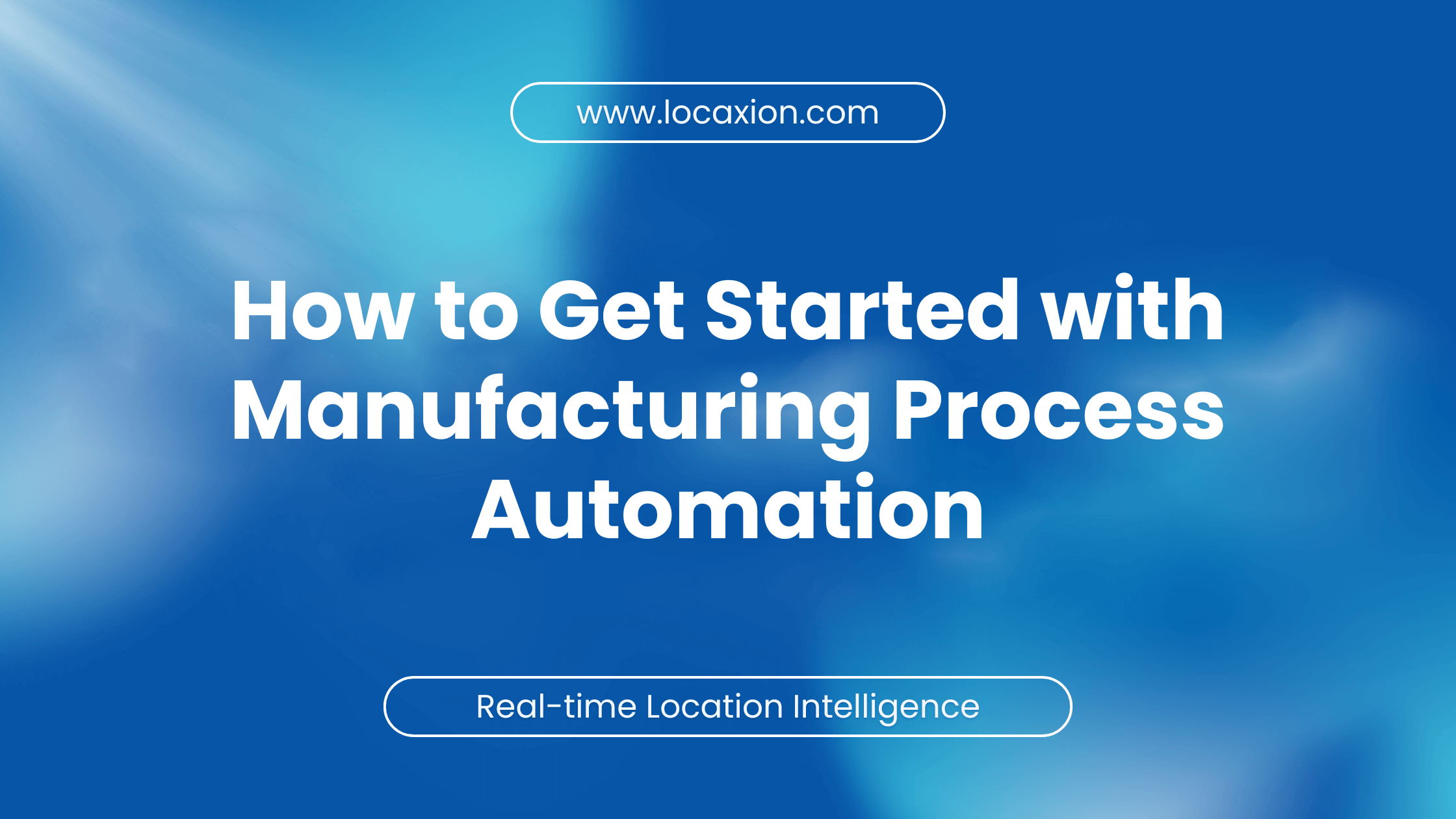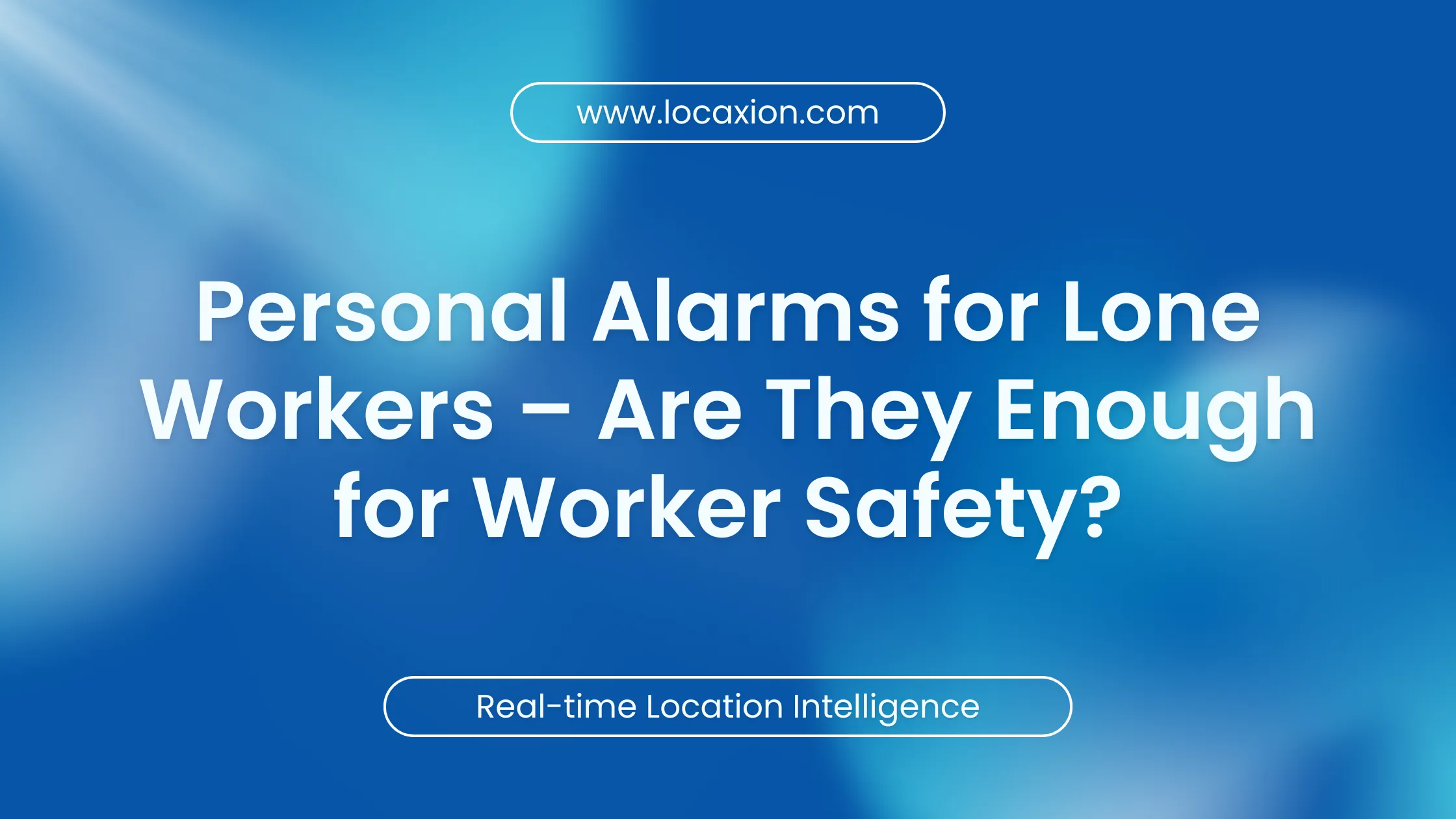Warehouse Inventory Tracking System
For Smart Warehouse 4.0
Gain real-time stock visibility, automate inventory updates, and eliminate discrepancies with Locaxion’s RTLS-powered warehouse inventory tracking solutions. Seamlessly integrate with your existing WMS for predictive insights and Smart Warehouse 4.0 optimization.
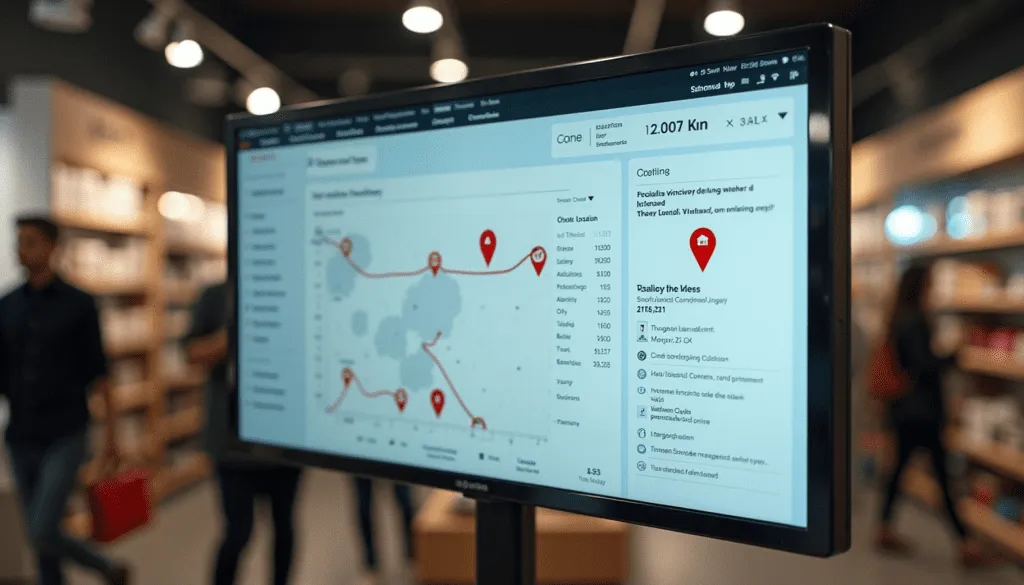
How RTLS-Powered Warehouse Inventory Tracking Enhances Accuracy & Space Utilization
Real-Time Inventory Visibility for Accurate Warehouse Management
RTLS enables continuous tracking of inventory across warehouse operations, eliminating manual searches and reducing audit times. It provides precise stock levels and location data, preventing overstocking while supporting data-driven inventory optimization. This enhances forecasting, minimizes discrepancies, and improves warehouse efficiency.
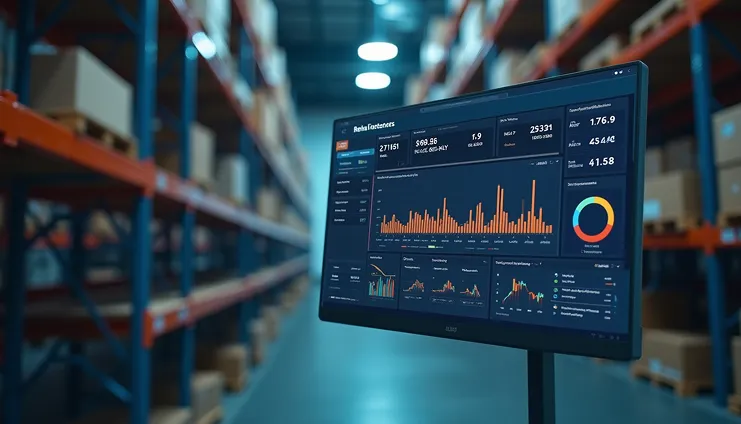
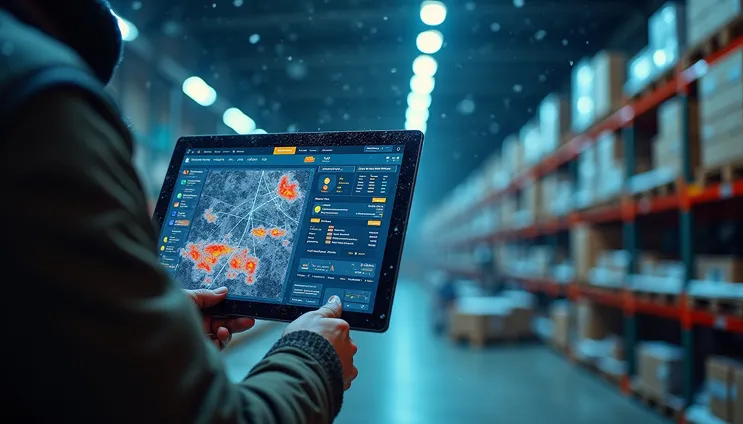
Streamlined Picking & Placement with RTLS Technology
RTLS provides real-time location data to optimize picking and placement processes. Workers receive automated guidance to exact inventory locations, reducing picking errors and accelerating order fulfillment. This leads to higher productivity, reduced labor costs, and fewer misplacements.
Optimized Warehouse Space Utilization with RTLS
RTLS tracks inventory movement and storage patterns to ensure efficient warehouse space utilization. Geofencing enforces designated storage zones, reducing misplaced inventory and optimizing warehouse flow. Historical tracking data enables continuous improvement in storage layouts, supporting lean warehouse operations.
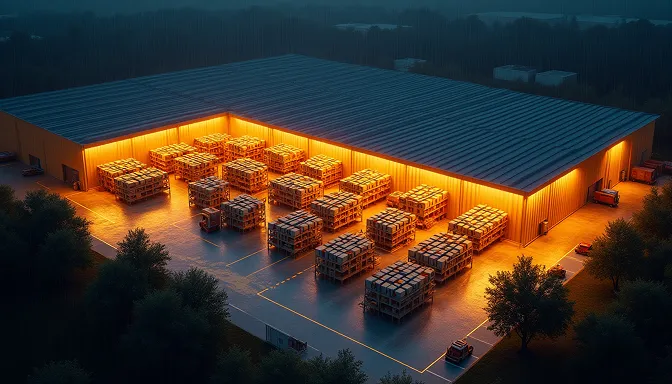
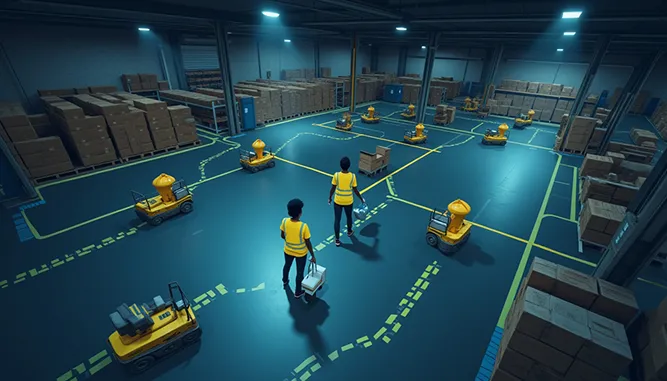
Automated Warehouse Workflows with RTLS Integration
RTLS seamlessly integrates with ERP and Warehouse Management Systems (WMS) to automate key inventory processes such as put-away, cycle counting, and shipping verification. This eliminates manual errors, expedites operations, and ensures real-time inventory accuracy, boosting overall operational efficiency.
Secure Inventory Management to Prevent Loss & Unauthorized Access
RTLS enhances inventory security by tracking movement and access in real time. Automated alerts notify managers if items leave predefined zones or are accessed without authorization. When integrated with security systems, RTLS reduces theft risks, prevents asset misplacement, and ensures stronger inventory protection.
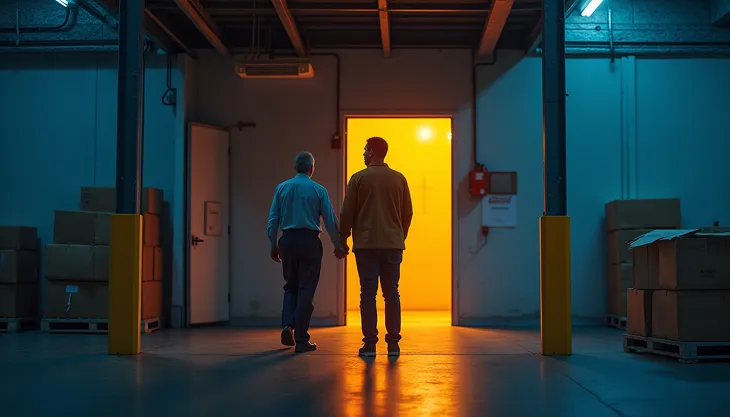
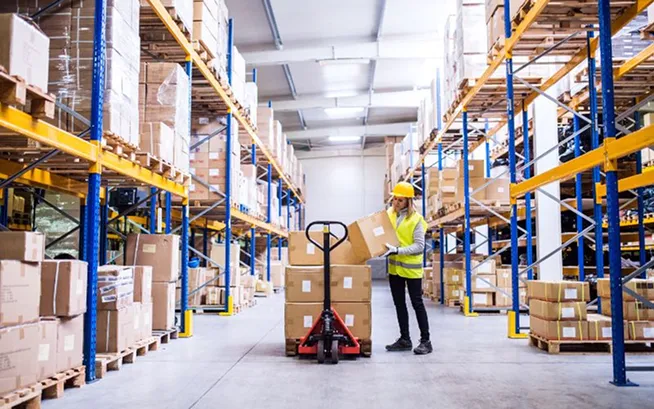
Just-in-Time (JIT) Inventory Management with RTLS
RTLS supports Just-in-Time (JIT) inventory practices by ensuring materials arrive precisely when needed for production or dispatch. This minimizes storage and carrying costs, eliminates delays, and enhances intralogistics efficiency, aligning with lean warehouse management principles.
Why Locaxion is the Right Partner for Your RTLS Journey?
100+ Location Intelligence projects
With expertise across over 100 successful projects, we deliver proven solutions for manufacturing and warehousing industries.
15+ years of experience in RTLS
Our team brings extensive expertise in RTLS, digital twins, and smart factory consulting alongside leading industry partners.
Strong Network of Top RTLS
We collaborate with industry-leading RTLS and digital twin providers to create tailored, client-specific solutions.
Why Your Warehouse Needs a Smarter Inventory Tracking System
Real-Time Inventory Visibility & Alerts
Compliance-Ready Inventory Monitoring
Seamless Integration with WMS, MES & Telematics
Key Benefits of Warehouse Inventory Tracking System
Reduce Costs & Improve Efficiency
Automate inventory tracking to lower labor expenses, eliminate manual errors, and accelerate order fulfillment—optimizing both time and resources.
Optimize Inventory Turnover for Higher Efficiency
Prevent stockouts, maintain optimal inventory levels, and accelerate order fulfillment to improve operational flow and meet demand without delays.
Reduce Inventory Loss & Maintain Compliance
Receive instant alerts on theft, misplacements, and unauthorized access while ensuring ISO and OSHA compliance -protecting both assets and operational efficiency.
Key Performance Statistics
~7%
Higher Inventory Accuracy
~20%
Increased Order Picking Productivity
~40%
Faster Cycle Counting
~40%
Lower Stock-Out Rate
~14%
Improved Inventory Turnover
Real-World Applications & Expert Insights on Smart Inventory Tracking
If you’re new to the world of manufacturing process automation, welcome. You’re stepping…

24 Jun 2025
Lone workers face unique risks every day, from environmental hazards to sudden medical…

31 Mar 2025
In today’s fast-paced industrial environments, ensuring worker safety and optimizing operational efficiency are…

31 Mar 2025
Optimize Your Warehouse Efficiency with an Automated Inventory Tracking System
Frequently Asked Questions
How can I track inventory in real-time?
You can track inventory in real-time using RFID, barcode scanning, or IoT-based inventory tracking systems. These technologies provide continuous updates on stock levels and movements, reducing manual errors and ensuring accurate inventory visibility. Automated alerts also help prevent stockouts and overstock situations.
Why is real-time inventory management important?
Real-time inventory management is crucial for accuracy, efficiency, and cost savings in warehouse operations. It:
- Minimizes stockouts and prevents overstocking.
- Improves decision-making by providing live inventory updates.
- Enhances productivity by reducing manual tracking efforts.
- Optimizes supply chain efficiency and improves customer satisfaction through faster order fulfillment.
What are the most effective methods for monitoring inventory in real-time?
The best methods for real-time inventory tracking include:
- RFID Technology – Enables seamless tracking of inventory using radio frequency signals.
- Barcode Scanning – Provides quick and reliable inventory updates at scanning points.
- IoT & BLE Beacons – Offer real-time location tracking of assets and stock levels.
Using a combination of RFID, barcodes, and IoT tracking ensures precise inventory control tailored to different business needs.
How is RFID used in inventory management?
RFID technology automates inventory tracking by using radio frequency signals. RFID tags attached to inventory items communicate with RFID readers to:
- Provide real-time stock updates without manual intervention.
- Improve inventory accuracy by reducing human errors.
- Optimize warehouse efficiency by speeding up scanning and item retrieval.
RFID revolutionizes inventory control by enabling instant updates on item locations and quantities across the supply chain.
How much do RFID tags cost?
RFID tag costs vary based on type and quantity. Generally, passive RFID tags range from a few cents to a couple of dollars per tag, while active RFID tags can cost several dollars each due to added functionality and battery requirements.
What are the benefits of using RFID in warehouse management?
RFID enhances warehouse management by:
- Improving inventory visibility – Get real-time insights into stock levels.
- Boosting accuracy – Eliminate errors from manual tracking.
- Speeding up operations – Reduce scanning and stock verification time.
- Enhancing security – Prevent theft and unauthorized stock movements.
- Optimizing costs – Lower labor costs and prevent stock losses.
By streamlining inventory tracking, order fulfillment, and compliance, RFID delivers faster operations and better resource management in modern warehouses.

